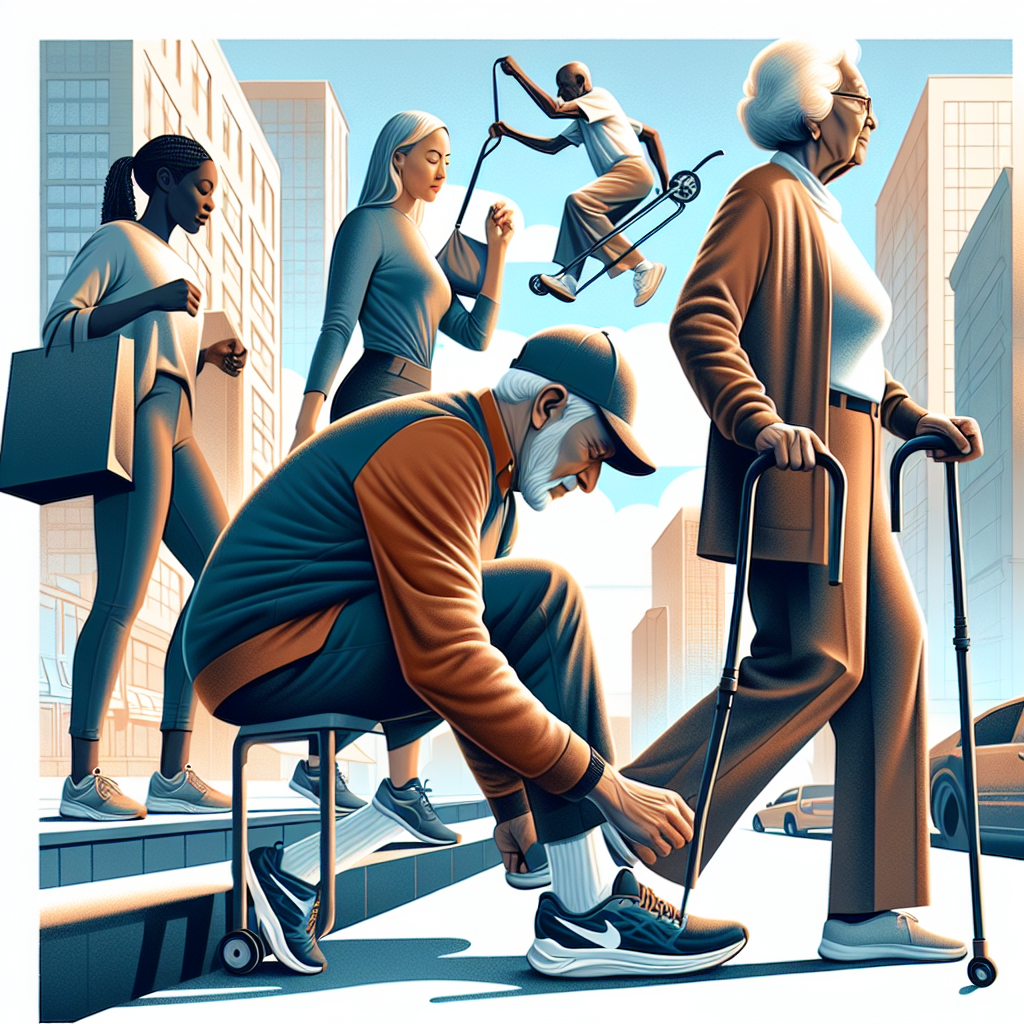
One arm lowers a spot welder with metronomic grace; another flips a chassis like a book. The choreography looks inevitable, but it was not. Industrial robots arrived awkwardly and then all at once, turning hazardous drudgery into programmable motion, stitching together supply chains, and redrawing the map of economic power. From the first steel limbs that braved heat and sparks to today’s sensor-packed collaborators that move among people, these machines have done more than raise productivity metrics. They have changed how factories think: about quality, about flexibility, about where to build and what to keep close. Their evolution is a story of gearboxes and code, but also of ambition and anxiety—the constant tug between speed and care, efficiency and dignity, global reach and local resilience.

Tires are the only part of a Formula 1 car that touch the track, and that thin contact patch has steered the sport’s technical direction, strategy, and spectacle for decades. From the fierce Bridgestone–Michelin rivalry of the early 2000s to Pirelli’s era of engineered degradation, rubber chemistry and construction have shaped how drivers attack, how teams plan, and how championships are won. Rule changes around slicks and grooves, temperature limits, and compound allocation are not background details; they are central to how modern F1 races unfold. Understanding tires is understanding how F1 evolved from flat‑out sprints to a chess match of grip management, pit windows, and split‑second decisions.

The way we move each day quietly shapes how well we age. Bending to tie shoes, stepping off a curb, lifting a bag, or turning to greet a friend are all small tests of mobility, balance, and strength that add up to independence. Training these movement patterns does more than build fitness; it helps people navigate real environments more safely and with greater confidence. While no single routine works for everyone, evidence-based approaches can reduce injury risk and support a higher quality of life, and it’s wise to consult a qualified healthcare professional for personalized guidance.

Rock ’n’ roll didn’t just erupt; it organized itself around a sound, a silhouette, and a stage. When Buddy Holly stepped beneath the lights of The Ed Sullivan Show in 1957 with a sunburst Fender Stratocaster, he brought a new blueprint into American living rooms: two guitars, bass, and drums driving original songs with crisp rhythm and melodic bite. The Stratocaster’s sleek contours and bright, versatile voice matched Holly’s economical phrasing and buoyant songwriting, translating teenage electricity into a clear, modern language. In that moment, a regional youth music became a national idiom, and an instrument designed for working players became a symbol of possibility for anyone with a garage, a small amp, and a few chords.



































































